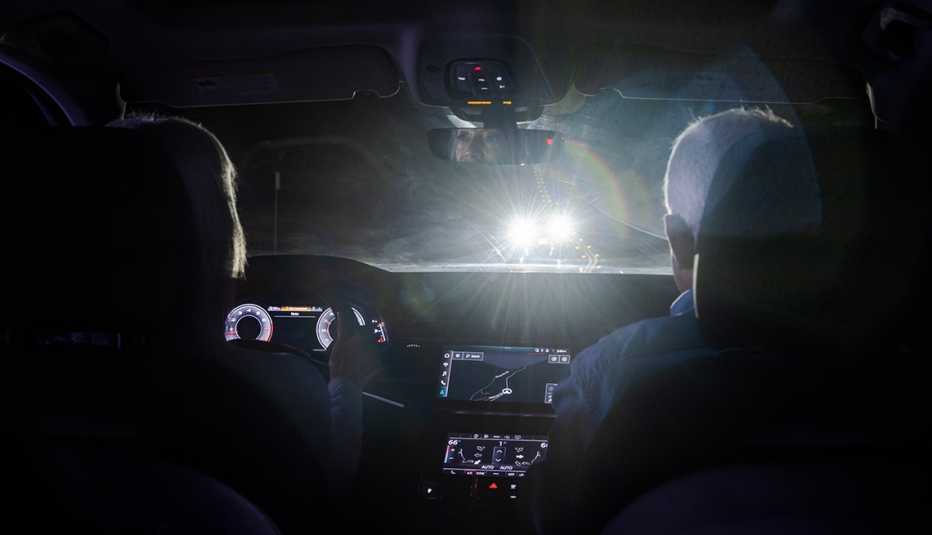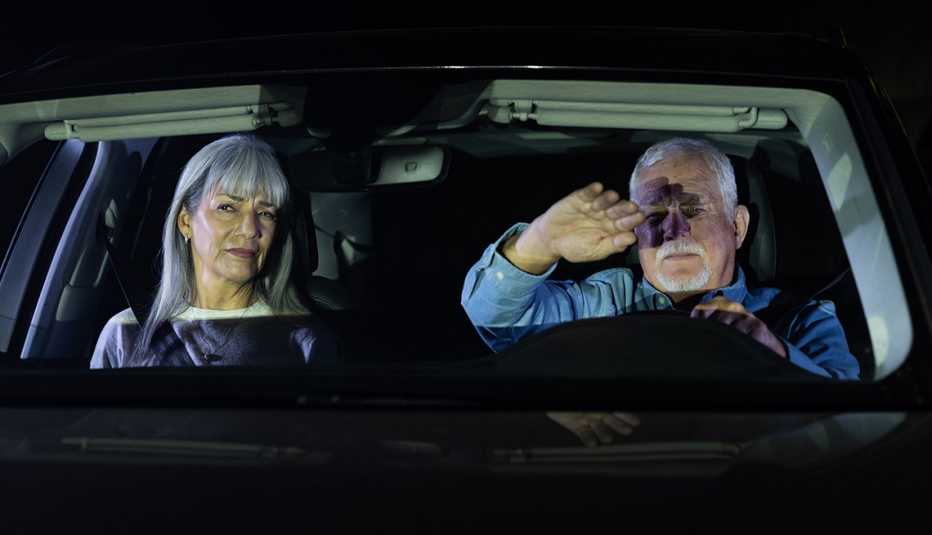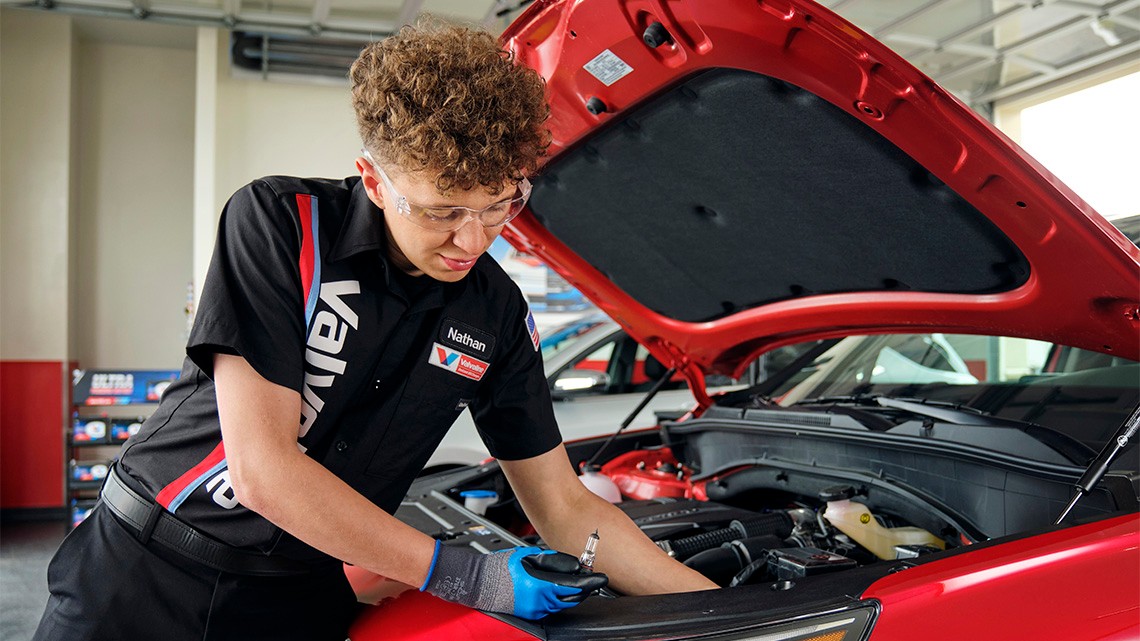At the same time, our pupils, which regulate how much light enters our eyes, shrink with age, says John Bullough, program director at the Light and Health Research Center at Mount Sinai Hospital’s Icahn School of Medicine in New York City. “The older we are, the smaller our pupils are,” he says. “Even for the same light level, there’s less light getting inside our eyeball.” By the time we hit our 60s, he adds, the backs of our eyes are receiving only one-third the light they did when we were 20. “The world just gets darker, day by day,” he says. “The only reason we don’t notice it is because it’s so gradual.” As we age, we also become less sensitive to changes in contrast and thus less able to distinguish objects — like road signs or pedestrians — from their background.
And the darker it gets, the more challenged our sight becomes, especially when it’s a question of spotting objects along the side of the road. A study by the University of Michigan Transportation Research Institute found that pedestrian fatalities were 22 percent more likely to occur on nights when there was a new — and essentially invisible — moon than on brighter nights with a full moon. Plus, in low-contrast conditions, it’s difficult to estimate how fast objects, such as other cars, are moving, and our reaction times are slowed.
See more Insurance offers >
What’s more, by the time we reach our late 50s, nearly 1 in 10 of us will suffer from cataracts — a blurring caused by a buildup of protein on the disclike lenses behind our pupils. By the time we hit our 80s, more than half of us will have cataracts. “Everyone who lives long enough, whether their eyes are healthy or not, will experience cataracts,” Bullough says.
How to lighten up
The good news is that headlights are, in some cases, getting better at lighting the road ahead of us. A testing initiative by the Insurance Institute for Highway Safety (IIHS) has found that vehicles equipped with top-rated headlights have 19 percent fewer nighttime crashes than do cars with lower-rated lights. As opposed to older headlights, which use a halogen bulb backed by a reflective surface, the best new headlights use LED bulbs with a so-called projector lens, explains Matt Brumbelow, a senior research engineer with the IIHS. “Now you can have a much better beam pattern that gets enough light onto the road,” he says.
Align Up for Safety
Headlight alignment used to be common in annual vehicle inspections, but it’s been phased out in most states. As a result, you may be throwing too much light toward oncoming traffic and less on the road ahead.
To check your alignment, shine your low-beam headlights on a wall or garage door about 25 feet away. The top of the bright spot produced by each headlight should be slightly below the height of the headlights. The bright spot should be slightly toward the passenger side. This helps the driver see what’s on the side of the road and also helps reduce glare for oncoming drivers. If your car is casting a light that looks too high or otherwise out of whack, ask your local auto shop about checking the alignment of your headlights — not a bad request to make, regardless, at your next oil change or state inspection.
But even pricey LED lights don’t always ensure good illumination. “You might have a really expensive headlight system that doesn’t do well,” Brumbelow says. “There are lots of LED bulbs not designed to light up the road — they may be there to make a style statement about the car brand.” If you’re considering a new car and if driving at night is a concern, check out iihs.org, which offers overall safety ratings on vehicles, including for headlights.
Still, having the best headlights is only half the battle. You also need to use them well, especially your high beams. In fact, most of us use our high beams a lot less than we could. Curiously, Bullough points out, “low-beam headlights, initially, weren’t ever really designed to be the main headlights for us to be driving with.” They were called the passing beams, he says. “And then you had the ‘driving beams,’ which were your high-beam headlights.”
Over time, owing perhaps to busier roadways and more streetlights, we’ve defaulted to using our “passing beams” for much of our driving. Even on dark, rural roads without much traffic, some three-quarters of drivers typically use their low beams, according to Bullough. As a result, many drivers are “overdriving their headlights” — driving faster than they would be able to stop based on what their headlights can reveal in front of them.
But while lighting the road ahead is one battle, there’s another issue that confounds and distracts nighttime drivers: the headlights from oncoming cars.







































































More From AARP
7 Mistakes You May Be Making With Eye Drops
How to keep your eyes healthy and free of infection
6 Best Vitamins for Eye Health
Find out which nutrients are essential for protecting vision
How to Adjust Car Mirrors to Prevent Blind Spots
High-tech cameras help, but drivers should also rely on their eyes